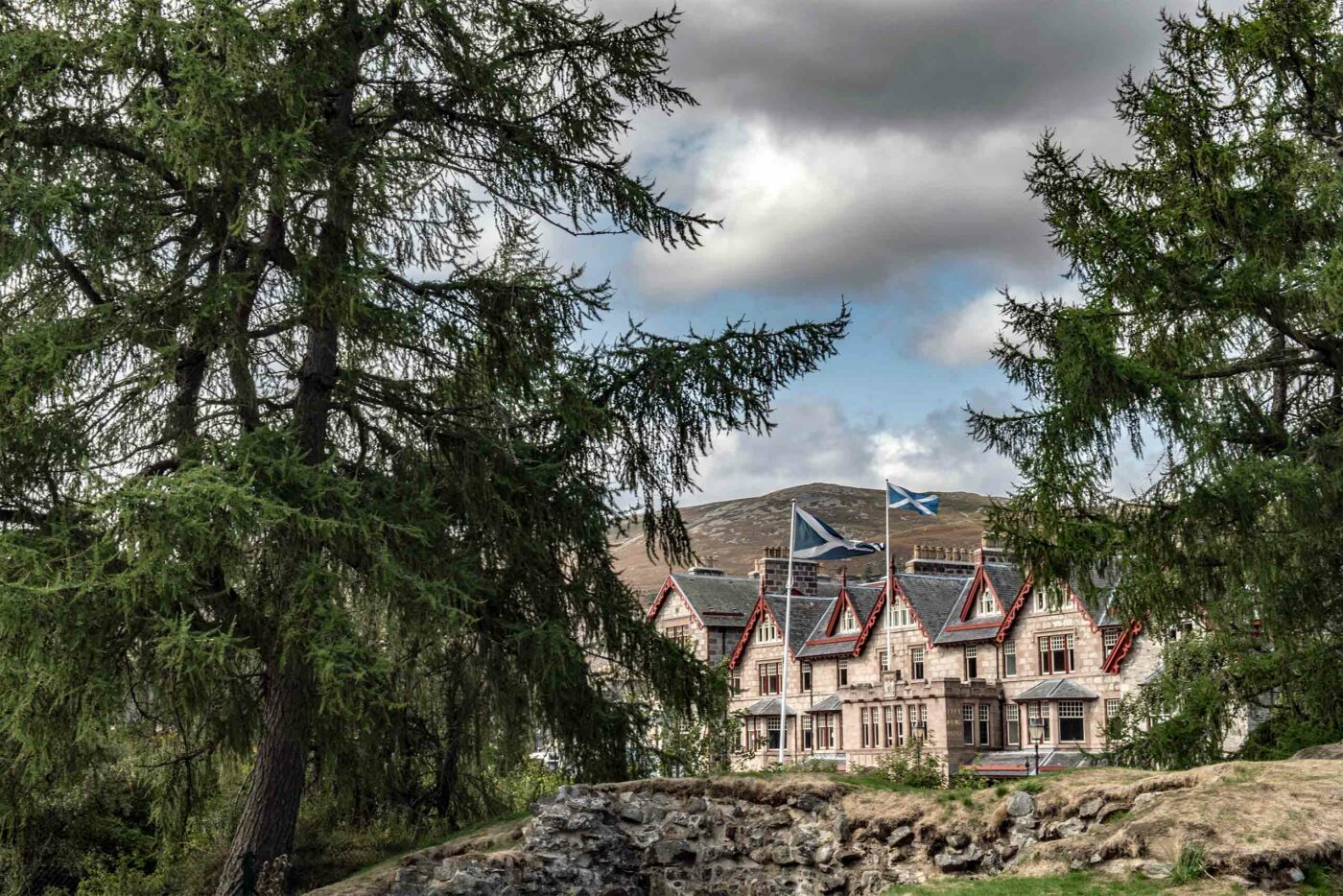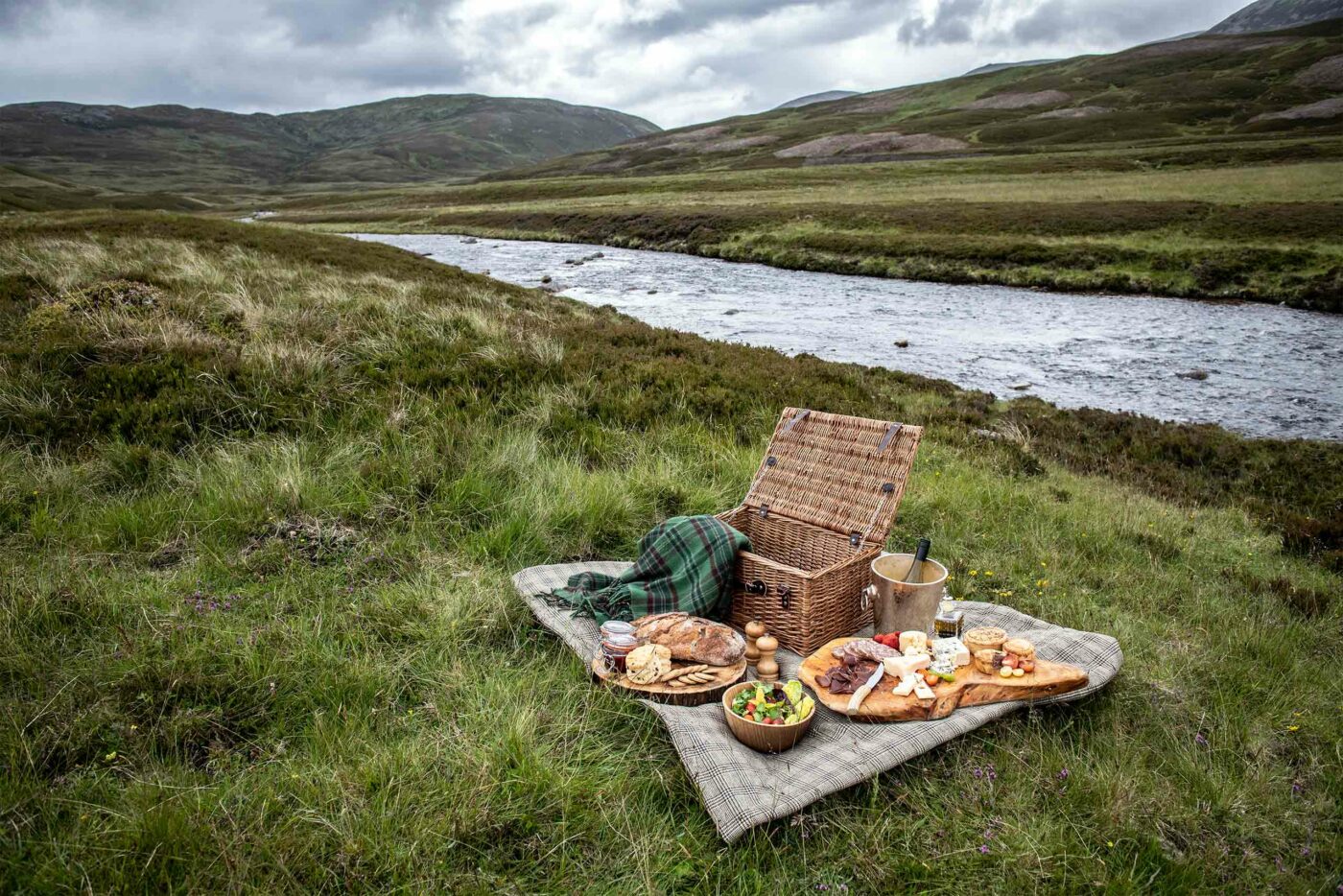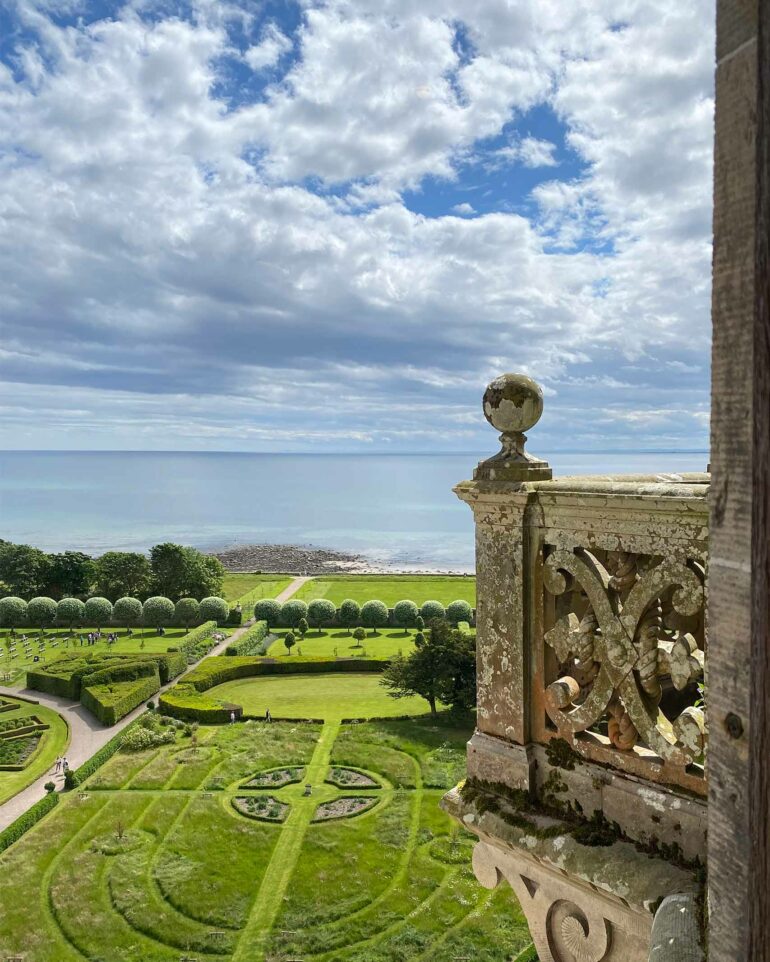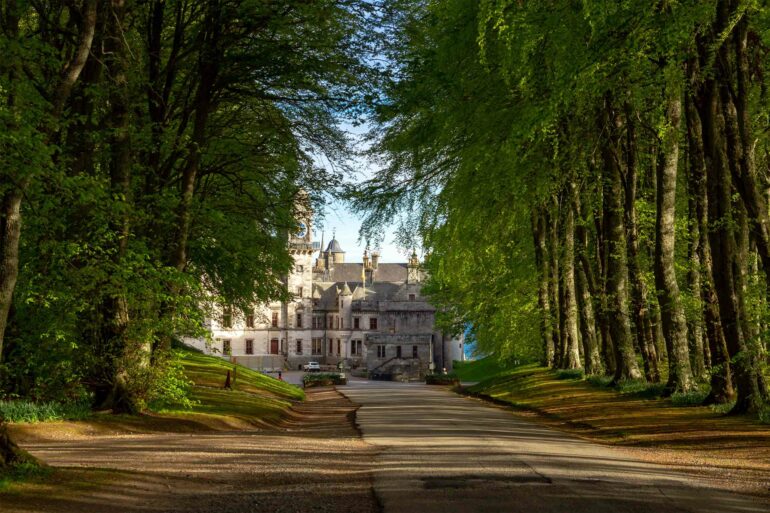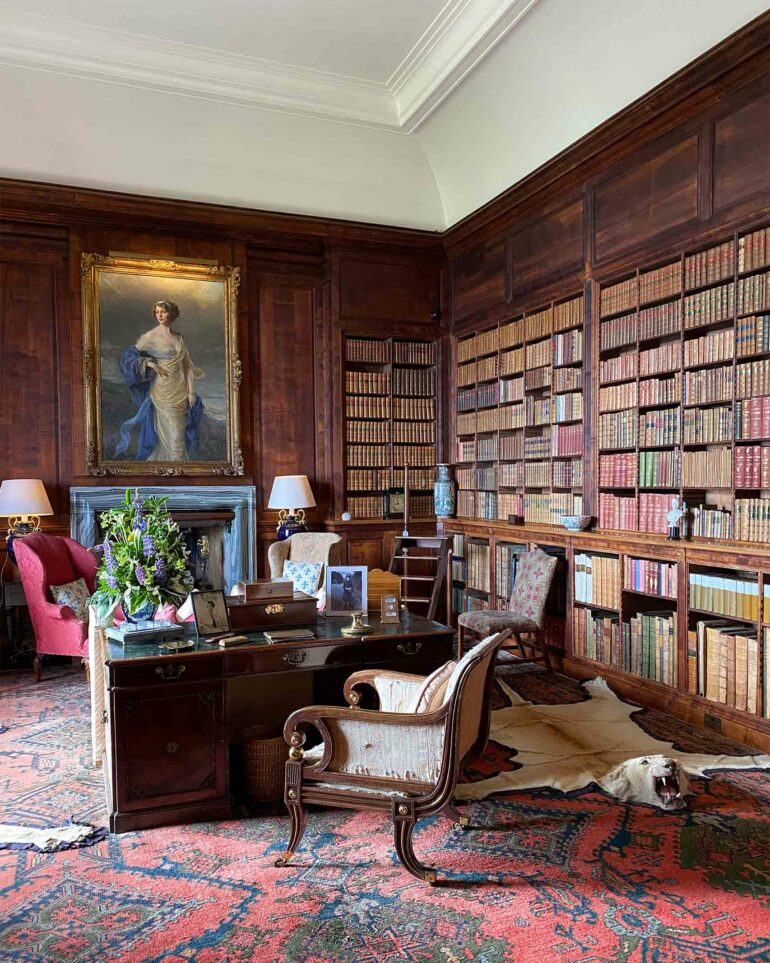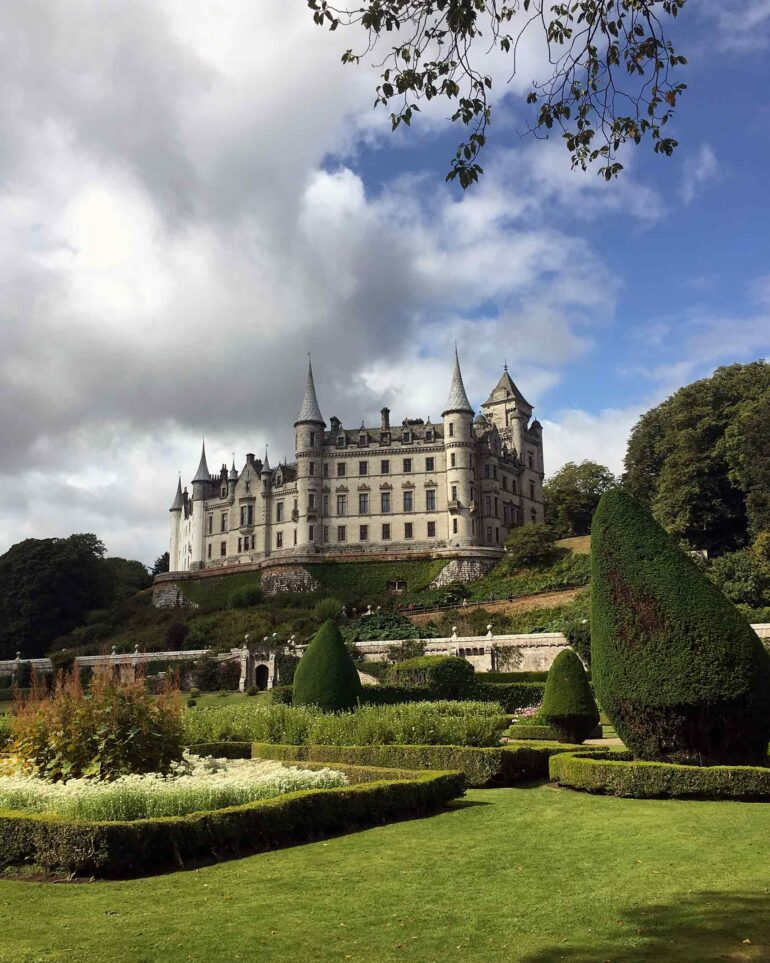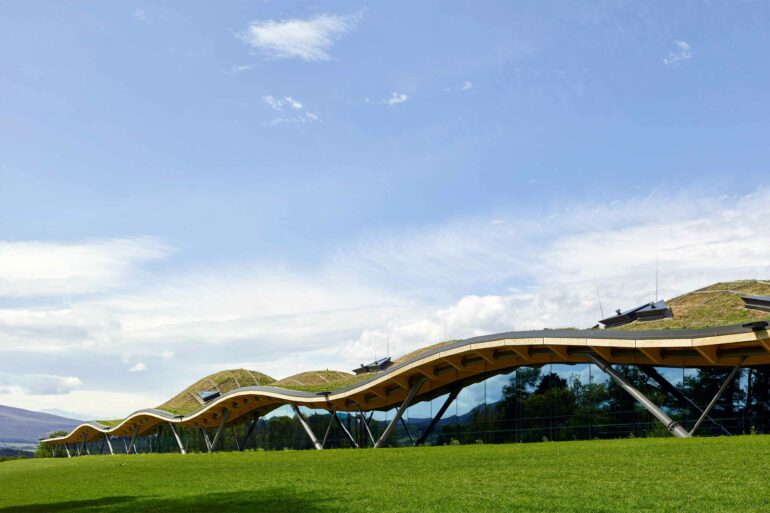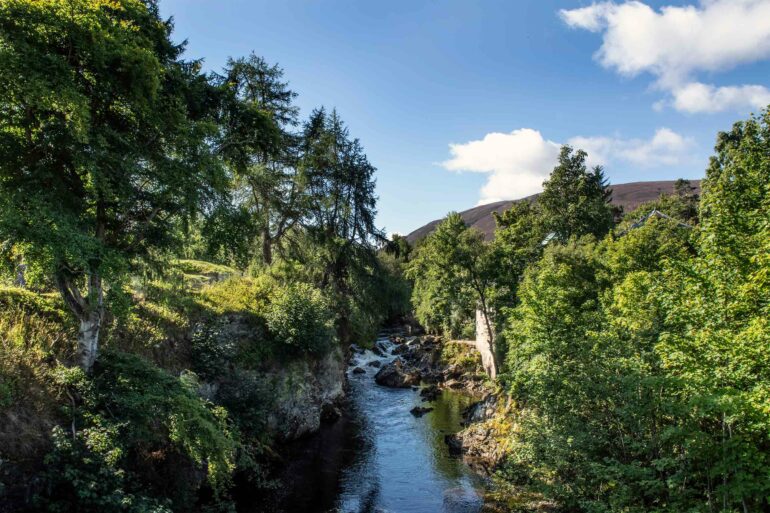Scratch the surface of Scotland’s vibrant and sometimes bloody past with a guided walk through off-the-beaten-path terrain or a tour of a whisky distillery or stately pile: this is the Scottish Highlands in all their glory.
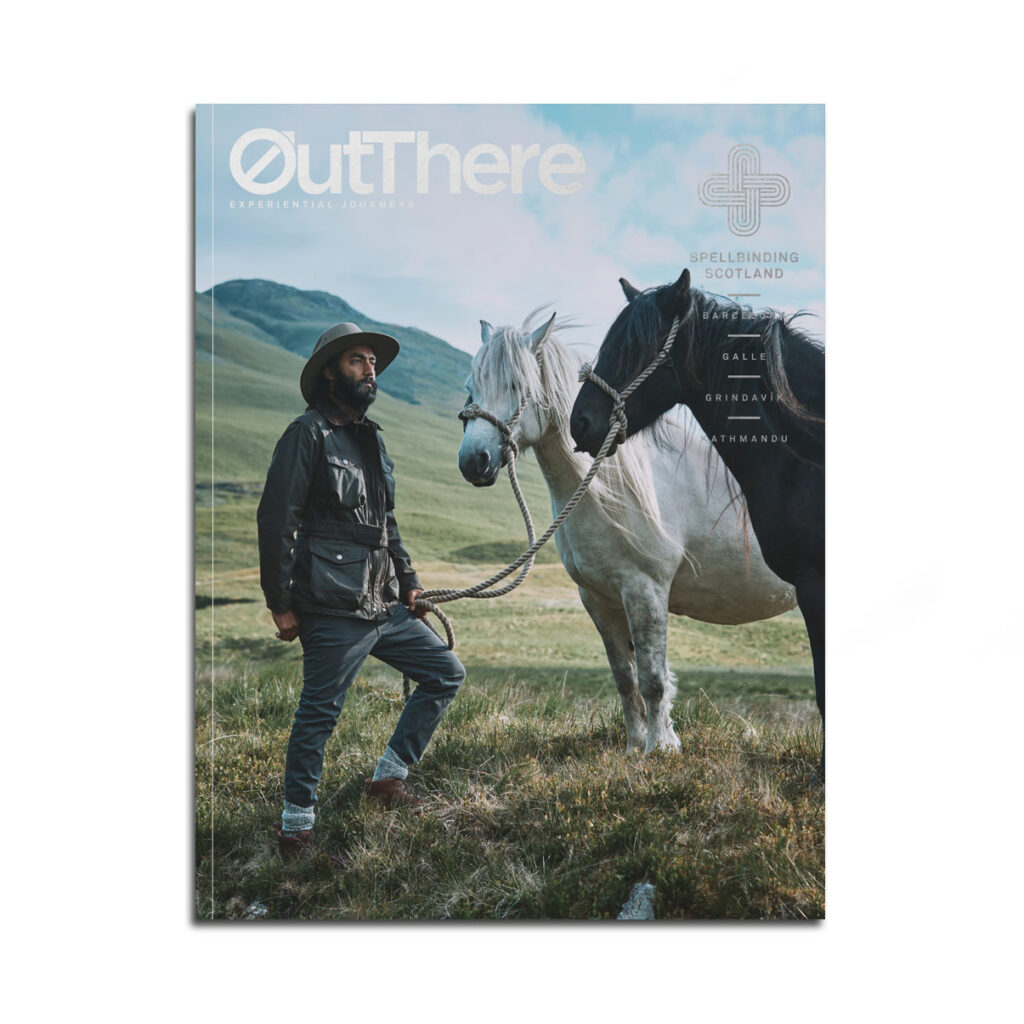
This story first appeared in The Spellbinding Scotland Issue, available in print and digital.
Subscribe today or purchase a back copy via our online shop.
When the Scottish rock duo The Proclaimers sang about walking 500 miles, we wondered if they had the Highlands in mind. This mountainous area covers some 10,000 square miles of the mainland’s northernmost reaches and is home to some of the most mystical landscapes in the country. No surprise then that it has given rise to fantastical stories, such as those of the Loch Ness Monster and Macbeth.
What is it about the majestic Highlands that conjures up such mystery? Well, those who lived in this part of Scotland in former times fought hard to resist assimilation by invaders. They built their knowledge of this unchartered territory, enabling them seemingly to disappear into it. They spread propaganda of a fearsome terrain full of mystic lore, to keep outsiders at bay. And they were so successful that even today swathes of the Highlands remain untouched. Those folk are long gone, but their tradition of storytelling continues, inspired by what they left behind and the effect that time has had on their land.
Fellowship of the glens, Braemar
There’s a little place in the Cairngorms where the world is at peace. Its handful of people live in grey stone houses with cherry-coloured windows that open on to sheep-dotted meadows, sheltered by 3,000ft-plus-high Munros with mellifluous names such as Lochnagar and Glas Maol.
Julian Fennema, of Braemar Highland Experience, is Dutch, but could just as easily be taken for a poster-boy Scot, with a calm demeanour and a voice that offers in timbre what whisky does in taste: oaky, mellow, mature. On his walking tour, organised for me by The Fife Arms hotel, I see some of the lesser-known spots and hear his immense appreciation of the Cairngorms’ beauty, as well as the locals’ consensus that life is good here, not least because it’s simple, with clean air, hearty meals and, when you need a hand, you’re offered an arm.
As I reach for a vegan pie from my hamper, Julian tells me that it was made by a trans woman from a nearby village. This astounds me. Not rarely, remote communities shun diversity. And, although I know nothing about her life here, I take delight in the idea.
It’s hard to pinpoint what makes Highlanders so hospitable, but, looking out into a vast valley, it seems clear: with views this colossal, having a small horizon would be silly. There are tremendous benefits to being able to look far. Somehow, seeing a mountain loom over its surroundings in a state of perfect equanimity puts the soul at ease. If the world is intact over there, surely it can’t be all that bad right here. And those same mountains can also keep out the rest of the world. Politics, conflict and the stressors of modern-day living don’t tend to make it here, thankfully.
Words by Steffen Michels. Photography courtesy of The Fife Arms
Beyond the castle walls, Dunrobin Castle
Dunrobin Castle, the most northerly of Scotland’s great houses, appears out of the thicket in the most ostentatious fashion. Here, perched dramatically looking out to the Moray Firth, on Sutherland clan land dating back to the early 1300s, is a whimsical 19th-century French-style château, with towering conical spires and perfectly landscaped Versailles-esque gardens. It’s mysteriously beautiful, its majesty testament to the wealth and power of a long succession of Scottish earls and dukes, whose opulent possessions are like a time capsule of century-upon-century of history, much of it chronicled in the pages of the 10,000 books in the castle’s sycamore-panelled library.
But one story that you’re less likely to hear is of the Sutherlands’ treachery to their own people. Memories run deep in the Highlands and, while there are those who talk about the castle with great pride, there are others who see it as a monument to shame. It casts a bleak shadow back to the 19th century. Keen to profit from their 1.5 million acres of land, the then-landowners decided to clear it of the 15,000 impoverished tenant crofters who called it home, forcibly removing them from their ancestral plots. When they refused, the duke acted with such brutality that these Highland clearances came to be known as one of the most savage social displacements in Scottish history.
Unrepentant, the duke commissioned a new-look castle and, in a fit of vanity, an enormous memorial statue of himself, lording over the land from the mountaintop of Beinn a’ Bhragaidh. Up until today, the sculpture gets vandalised and there have even been attempts to blow it up – none so far successful.
For me, it’s a sobering reminder never to take Scotland’s grand buildings and pageantry at face value. The country’s nobility – for want of a better word – didn’t always amass their wealth through pious practice, but often at the expense of others. It nudges me – as I journey through the Scottish Highlands – to realise that there are two sides to every story and I remind myself always to explore the world with my eyes wide open.
Words by Uwern Jong. Photography by Katia de Juan, Piotr Musiol and courtesy of Dunrobin Castle
Speyside’s secrets, The Macallan Estate
More than half of Scotland’s distilleries can be found here in the Highland’s lower northeastern corner. It’s the quality of Speyside water – with its low level of dissolved minerals – gushing down from the glacial Beinns and Munros that makes each bottle so special. It is also this water that has encouraged a long history of agriculture.
In their vastness, the Highlands once provided the perfect hiding place for thousands and thousands of illegal stills. Distilleries weren’t granted official licences here until the early 1800s, despite whisky being central to the Highlands’ identity for more than 400 hundred years before that.
The spirit of The Macallan Estate’s founder Alexander Reid’s clandestine distilling lives on today. The new distillery building is a striking piece of contemporary architecture cut into the slope of the land. Camouflaging it into the cliffs above Craigellachie is a wave-form, grass blanket roof that mimics the region’s rolling hills. Inside, The Macallan Mastery Experience starts with lunch at the distillery’s Elchies Brasserie, a gastro extravaganza of Scottish produce from the region’s natural larder. It continues with a tour of the distillery and a tutored tasting of drams of some carefully curated Macallan whiskies. Our lovely guide, a Highlander who grew up just down the road, was passionate and proud of what her homeland produces.
But, despite all this human ingenuity and creativity, everywhere I look and everything I hear, smell and taste remind me of the power of the Highland’s natural wonders as the lifeblood to all that is possible here in the region’s distilleries. Many people may come here to taste the whisky, but I find myself more intoxicated by what surrounds me.
Words by Leo Morgan. Photography by Mark Power and courtesy of Macallan Estate


